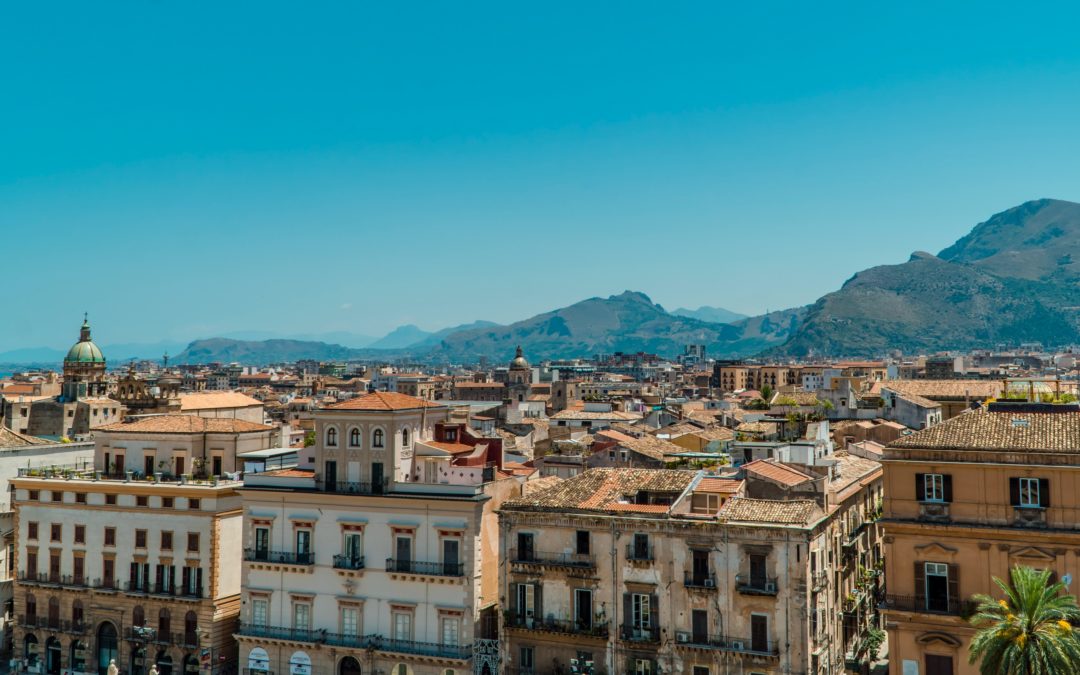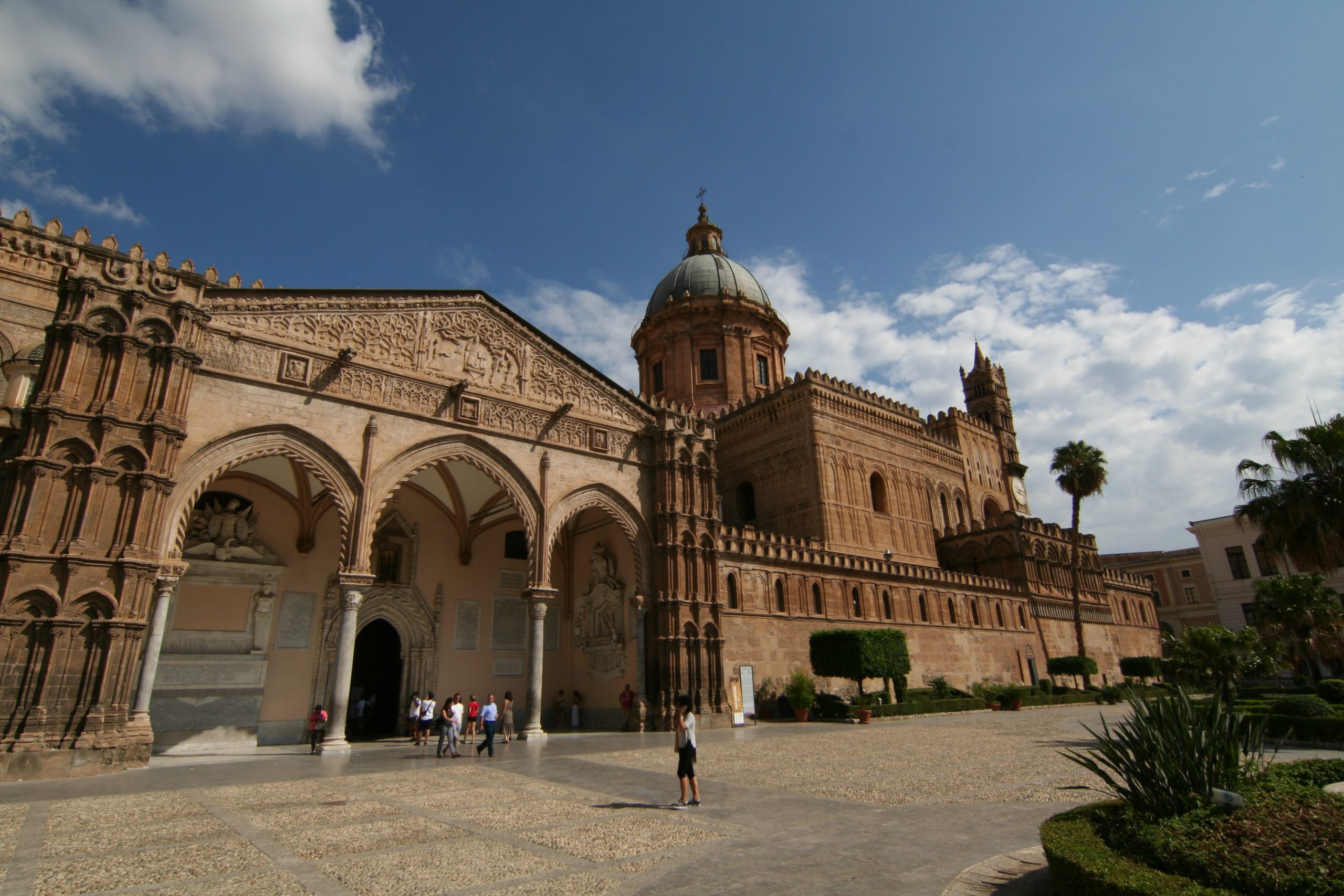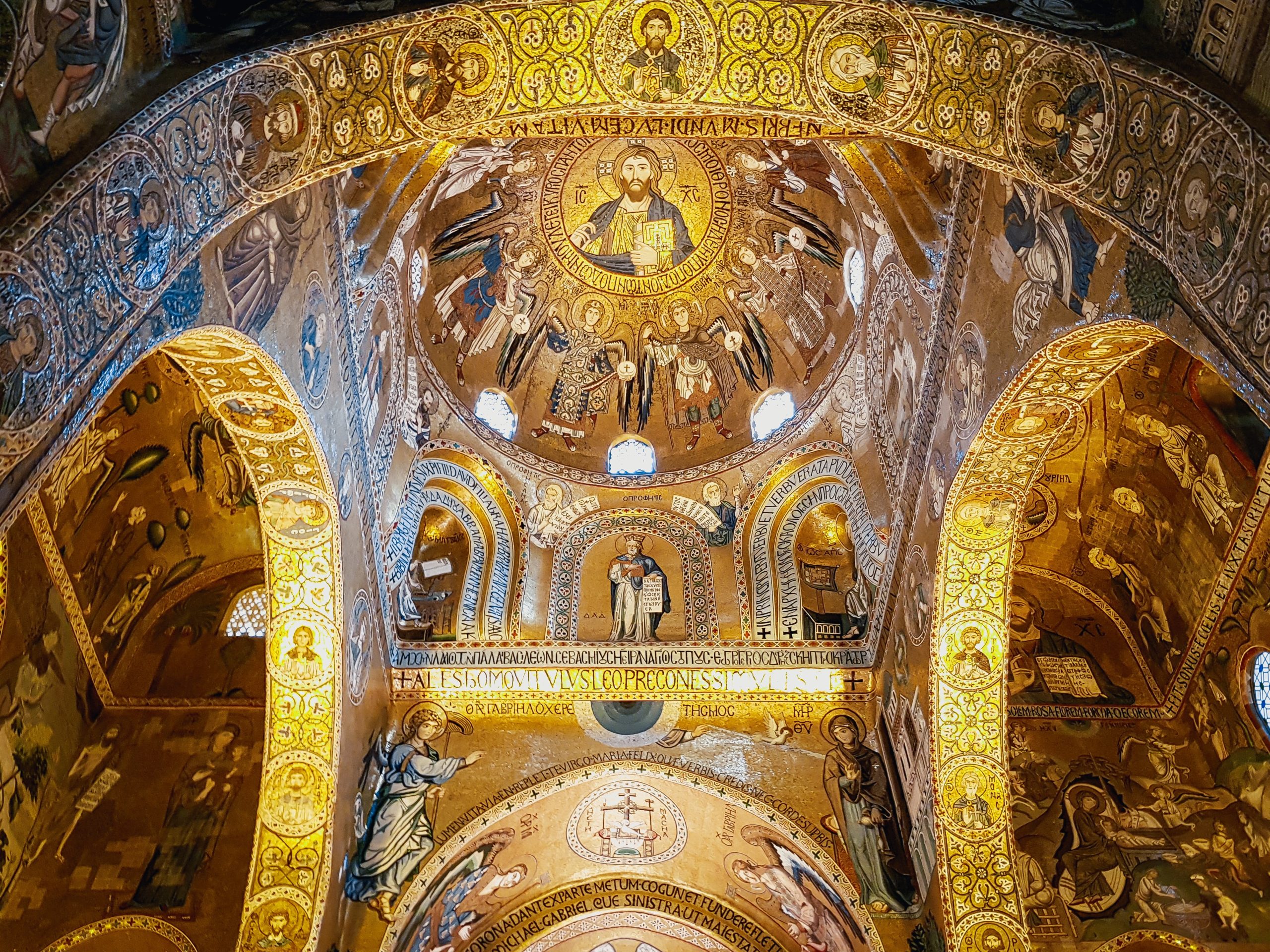Located at the bottom of Italy, Sicily is one of the country’s 20 regions and is the biggest island in the Mediterranean Sea. At the heart of the island is the city of Palermo, Sicily’s capital, and its cultural and economic heart. Sitting northwest of the island, Palermo is more than 2,700 years old and boasts a colorful history; it was originally under the Roman Empire before being conquered by the Germans and then fell under Arabic rule.
This varied past is evident in the city’s culture; Palermo is famous for its ancient architecture, historic attractions and diverse culinary scene inspired by its former conquerors. Since the 1980s, the Sicilian capital has undergone extensive development and is now the top tourist destination in the region, attracting millions of visitors from all over the world every year.
Palermo is bursting with notable attractions that are worth exploring, but we’ve done the legwork and picked out the absolute must-see sights that the city has to offer. Don’t forget to travel light and store your belongings in one of the many Palermo luggage lockers.
-
Palazzo dei Normanni
The Palazzo dei Normanni, or Norman Palace, is one of the most recognizable landmarks in Palermo and a definite must-visit during your time in the city. Dating back to the 9th century, the palace was built during the Arab rule in honor of the Emir of Palermo. From 831 to 1072, the Arabs also adorned the city with various decorative and interesting edifices. However, when the Normans took over, they decided to turn it into a royal residence and gave it a regal touch by adding some stunning mosaics and frescoes.
At present, the Palazzo dei Normanni serves as the seat of the Sicilian Regional Parliament and is used for administrative purposes. However, visitors can still go on a tour of the other sections of the building, including the royal apartments and the beautiful central courtyard.
Also Read – Places to Visit in Rome Italy for First-Timers
-
Cappella Palatina
Part of the Norman Palace complex, the Cappella Palatina (Palatine Chapel) is one of the best examples of Byzantine-era architecture in all of Europe. Erected in 1132, the chapel was commissioned by Roger II of Sicily and dedicated to Saint Peter. It boasts an array of stunning Byzantine art and is covered by striking golden mosaics as well as detailed religious iconography.
Because of its impressive interior and beauty, the Cappella is one of the top attractions in all of Palermo. With that said, queues are common and should be expected when visiting the chapel. Because it is a religious institution, you need to observe the proper dress code when entering the premises; those wearing short skirts, low-cut tops or shorts may be forbidden from going inside.
- Catacombe dei Cappuccini
Perhaps the most unusual attraction in all of Palermo, the Catacombe dei Cappuccini (Capuchin Catacombs) is a unique experience that you should not miss when in the city. Because of a lack of cemeteries in the city, the Capuchin monks decided to bury one of their own in a tomb underneath the abbey. Originally, the catacombs were exclusively used by the friars but over time, it became sort of a status symbol to be buried at the site.
Today, there are nearly 8,000 mummified bodies located in the catacombs, belonging to both monks and locals of Palermo and laid to rest sometime between the 16th and 20th centuries. One of the most prominent and well-preserved mummies found on the site is that of Rosalia Lombardo, a two-year old girl who passed away in 1920. Guests can go on a guided tour of the catacombs but be aware that photography is strictly prohibited inside.
No visit to Palermo would be complete without stopping by to see the marvelous Cattedrale di Palermo, located in the heart of the city. Built in 1185 by Walter Ophamil and other Norman rulers, the Byzantine church currently serves as the seat of the Roman Catholic Archdiocese of Palermo. Because of its long history of alterations and additions, the cathedral boasts a range of different styles – from its Arabic origins to Norman architectural style.
Some of the highlights at the Palermo Cathedral include the ornate tombs of Norman Emperor Henry VI along with his son, Frederick II. There is also the treasury, which houses a 13th century tiara covered in gems that belonged to Constance of Aragon, Frederick’s wife. In addition, visitors of the cathedral may climb up the roof, which offers panoramic views of Palermo.
-
Teatro Massimo
Situated at the Piazza Verde, Teatro Massimo is the biggest opera house in all of Italy (and the third biggest in Europe) and is one of the premier performing arts venues in Palermo. Built in honor of King Victor Emanuel II and completed in 1897, the opera house opened to the public with a performance of Falstaff. It is world-renowned for its impressive acoustics and magnificent façade, both inside and outside.
Teatro Massimo has a full season of opera performances every year; additionally, the venue also hosts a range of other performances such as ballets, concerts and recitals. It is highly recommended that you attend one of their opera performances to truly appreciate the design and acoustics of the building. If you’re not up for watching an event, you can opt for a tour of the opera house. They offer English guided tours that tell you about its history and will take you through all the rooms and sections of the building.
-
Galleria Regionale della Sicilia
Palermo has an impressive list of museums and art galleries to visit but if you’re pressed for time, then the one that you should not miss is the Galleria Regionale della Sicilia. Located in the Palazzo Abatellis, the art museum is arguably the best in the city; the gallery houses the works of prominent Sicilian and international artists that span from the Middle Ages up until the 18th century.
One of the highlights at the Galleria Regionale della Sicilia includes the striking mural Trionfo della Morte (Triumph of Death), whose artist is unknown and depicts a demonic skeleton riding a horse and leaping over his victims. Other key pieces found in the gallery include the works of Sicilian master Antonello da Messina, such as the L’Annunciata as well as Triptychon of Malvagna by Flemish master Jan Gossaert.
For more travel stories you can follow us on our Instagram handle You can also follow our pinterest board for more travel stories. Link
Sources:
https://www.planetware.com/tourist-attractions-/palermo-i-si-p.htm
https://www.thecrazytourist.com/15-best-things-palermo-italy/
https://www.lonelyplanet.com/italy/sicily/palermo/attractions
https://wearepalermo.com/what-to-see/
https://theculturetrip.com/europe/italy/articles/the-top-10-things-to-do-and-see-in-palermo/







